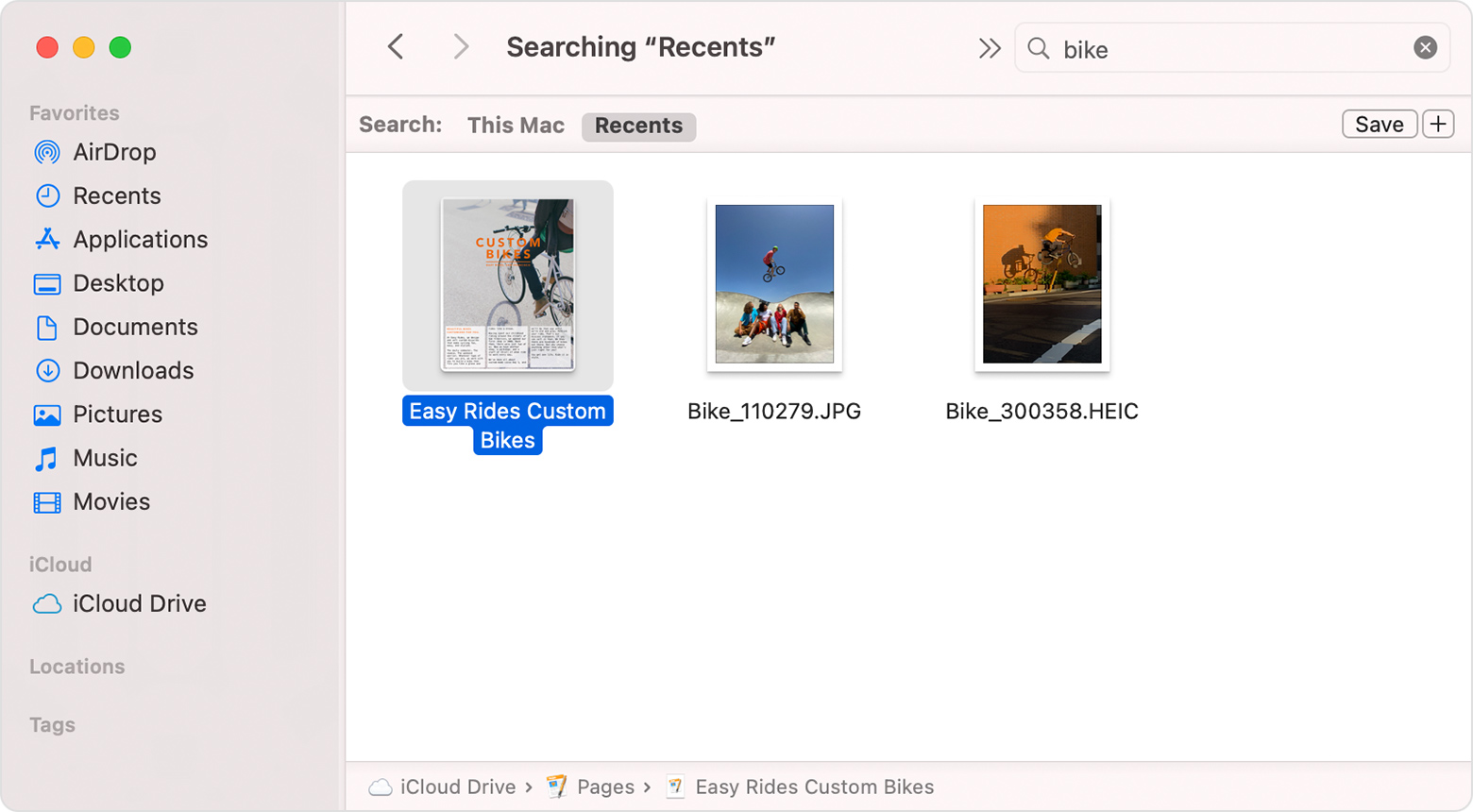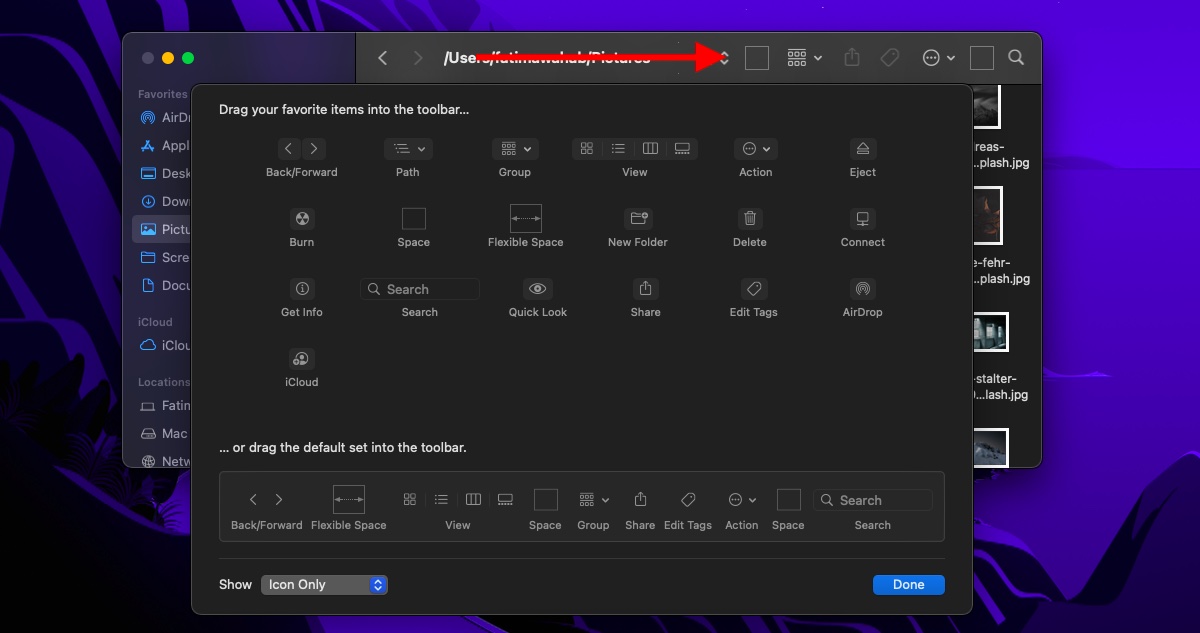

Once results are listed, you can tick the folders that you want to remove and press the "Delete Checked Folder(s)" button. The interface of Fast Empty Folder Finder is based on a standard window in which you can use the file browser or "drag and drop" method to import a folder to the list for scanning. This type of tool comes in handy the moment you have tons of empty folders scattered around your computer which don't allow you to easily locate your target files. If you have a different favorite, tell me about it in the comments.Fast Empty Folder Finder is an application with a pretty self-explanatory title - it allows you to easily locate empty folders, so that you can delete them from your system. My personal favorite is #2 for a benign restart, but I probably haven't discovered all the unique ways. If you run into a problem, one of these techniques should work for you. OS X will relaunch the Finder automatically. Enter the command: killall -KILL FinderĬ. The SSH daemon will probably be running even if the Finder is locked up.)ī. (If you can't do that from the Finder, try an SSH from another computer. The Terminal app on the Mac (or remotely)Ī.

If that's not possible, log out then log in. To relaunch, click the Finder icon on the left side of the Dock. In this technique, the Finder really is stopped for good and is not relaunched. The reason for that is that Force Quit is a brutal way to stop an app, and we always want to stop an app with the least force required in order to avoid potential damage to the system.į. If that doesn't work, try again with Force Quit. Click the "x" icon on the top left under the colored buttons.Į. Optional: Click the Process name header to alphabetize the process names. If you can, launch the Activity Monitor app from /Applications/Utilities.ī. Right-click the Finder icon in the Dock while holding down the OPTION key.Ī.

Note, you can always open this window directly with CMD+OPTION+ESC.Ī. It says "Relaunch" instead of "Force Quit" - which is probably what you want.

(Apps that aren't responding will be shown in red.) Note that the button in Force Quit is different for the Finder app. Hold down the SHIFT key and open the Apple menu.Īlternatively, you can simply select Force Quit and relaunch the Finder from the list of running apps. Make sure the Finder is the frontmost app.ī.
#Empty mac finder window how to#
For example, " Frozen: How to Force the Restart of a Mac."Ī. Worst case, of course, is a restart of your Mac. If the Finder is really hosed, you may not be able to launch apps as in technique #3 below and you may have to resort to Unix trickery as in technique #4. These techniques generally assume you are doing a configuration change that requires a benign relaunch (kill and restart) of the OS X Finder. Here are four different ways to handle the Finder with a view to a kill. Or perhaps you've made a configuration change that requires a Finder restart. (It is, after all, just an app.) Perhaps it's locked up. There are times when it's necessary to restart the Mac's Finder.


 0 kommentar(er)
0 kommentar(er)
